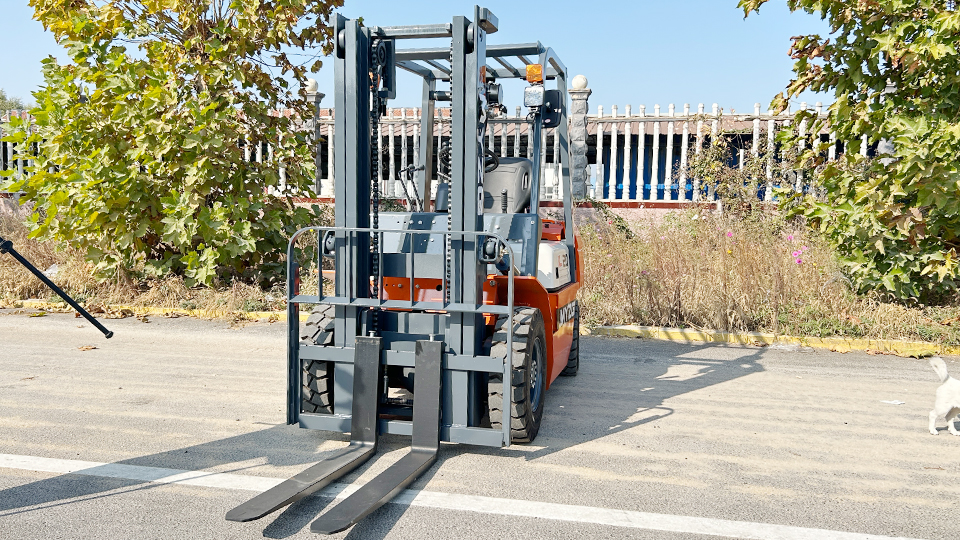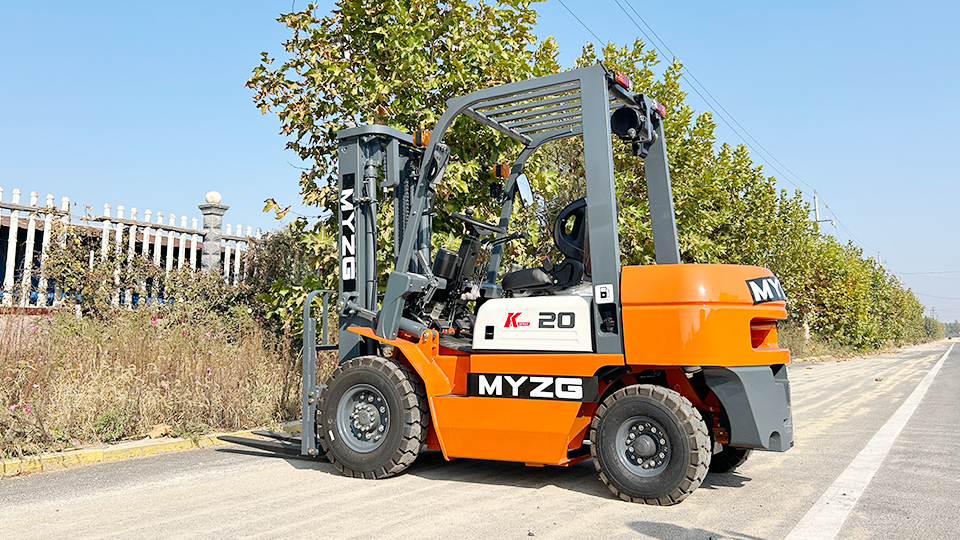
Certification Documentation: Employers must certify that each operator has been trained and evaluated. This certification should include the operator's name, training date, evaluation date, and the name of the person who conducted the training or evaluation.

Benefits: Employer-provided training is often free for employees and is directly relevant to the specific job requirements.
2. Third-Party Training Providers:
Independent Training Schools: Numerous independent training schools and organizations specialize in forklift certification. These providers typically offer comprehensive training programs that include both classroom instruction and hands-on practice.
Community Colleges and Vocational Schools: Some community colleges and vocational training centers offer forklift operation courses that lead to certification.
Online Training Companies (with practical evaluation): While online-only certification is insufficient, some online providers partner with local facilities or offer options for completing the mandatory hands-on evaluation component. It's crucial to verify that their program facilitates a compliant practical evaluation.
Equipment Dealers: Some forklift dealerships offer training programs for individuals and companies.
Benefits: Third-party providers can offer more flexible scheduling and may be a suitable option for individuals seeking certification before securing employment or for companies that lack in-house training capabilities.
Where to Find Third-Party Training Providers:
Online Search: Use search engines like Google, Bing, or Yelp with keywords such as "forklift certification near me," "forklift training [your city/state]," or "OSHA forklift training providers."
Industry Associations: Contact relevant industry associations in your area, as they may have lists of accredited training providers.
Local Safety Councils: Local safety councils often offer or can recommend forklift safety training programs.
Equipment Dealers: Reach out to forklift dealerships in your region to inquire about their training services.
Community and Vocational Colleges: Check the course catalogs of local community colleges and vocational schools for transportation or logistics programs that may include forklift training.
3. Union Training Programs:
For Union Members: If you are a member of a union that operates in industries where forklift use is common (e.g., construction, warehousing), your union may offer forklift training and certification programs for its members.

Benefits: Union training programs often have high safety standards and may be offered at a reduced cost or for free to members.
The Forklift Certification Process
The general process for obtaining forklift certification typically involves these steps:
1. Formal Instruction:
This can be done through classroom sessions, online modules, videos, or written materials.
Topics covered usually include:
Principles of safe forklift operation
Types of forklifts and their applications
Forklift components and controls
Load capacity and stability
Pre-shift inspections and maintenance
Safe operating procedures (e.g., traveling, lifting, stacking)
Potential hazards and how to avoid them
OSHA regulations and safety standards
2. Practical (Hands-On) Training:
This involves operating a forklift under the direct supervision of a qualified trainer.
Trainees will practice essential skills such as:
Basic maneuvering and driving
Picking up, moving, and placing loads
Stacking and unstacking at different heights
Operating in confined spaces
Navigating ramps and inclines (if applicable)
Performing pre-shift inspections
3. Performance Evaluation:
A qualified trainer will evaluate the trainee's ability to operate the forklift safely and competently.
This evaluation usually involves demonstrating the skills learned during the practical training.
The evaluation must be conducted on the specific type of forklift the operator will be using in the workplace and in the actual workplace environment or a simulated environment that accurately reflects it.
4. Certification:
Upon successful completion of the formal instruction, practical training, and performance evaluation, the employer (or the third-party training provider, if contracted by the employer) will issue a certification document.
This certification typically includes the operator's name, the date of training and evaluation, the type(s) of forklift the operator is certified to use, and the name of the trainer or evaluator.
Many employers also provide a wallet-sized card as proof of certification.
Important Considerations:
Be wary of online-only certifications: As emphasized earlier, a certification obtained solely through an online course without a hands-on evaluation by a qualified trainer does not meet OSHA requirements.
Verify the trainer's qualifications: Ensure that the training provider and the trainer are knowledgeable and experienced in forklift operation and safety and are familiar with OSHA regulations.
Type-specific certification: Certification is specific to the class and type of forklift. Operating a different type of forklift requires additional training and certification on that specific equipment.
Workplace-specific familiarization: Even with general forklift certification, employers must provide workplace-specific training to familiarize operators with the unique hazards and operating conditions of their work environment.
Certification Renewal: Forklift operator certifications typically need to be renewed every three years through refresher training and a performance evaluation.
Choosing the Right Certification Path
The best way to get forklift certified depends on your individual circumstances:
If you are currently employed: Your employer will likely provide the necessary training and certification. Inquire with your supervisor or HR department about the company's forklift training program.
If you are seeking employment: Obtaining forklift certification beforehand can make you a more attractive candidate. Research local third-party training providers and compare their course offerings, costs, and schedules. Consider programs that offer both online theory and in-person practical evaluation.
If you are an employer: It is your responsibility to ensure that all your forklift operators are properly trained and certified in accordance with OSHA regulations. You can choose to conduct the training in-house with qualified personnel or hire a third-party training provider.
Conclusion: Investing in Forklift Certification for a Safer Workplace
Obtaining proper forklift certification is not just a regulatory requirement; it is a crucial investment in workplace safety and efficiency. Properly trained and certified operators are more likely to operate forklifts safely, reducing the risk of accidents, injuries, and property damage. Whether through your employer or a third-party provider, ensure that the training program you choose meets OSHA standards and provides both theoretical knowledge and practical skills evaluation. By prioritizing forklift certification, individuals and organizations can contribute to a safer and more productive material handling environment.
Name: selena
Mobile:+86-13176910558
Tel:+86-0535-2090977
Whatsapp:8613181602336
Email:vip@mingyuforklift.com
Add:Xiaqiu Town, Laizhou, Yantai City, Shandong Province, China